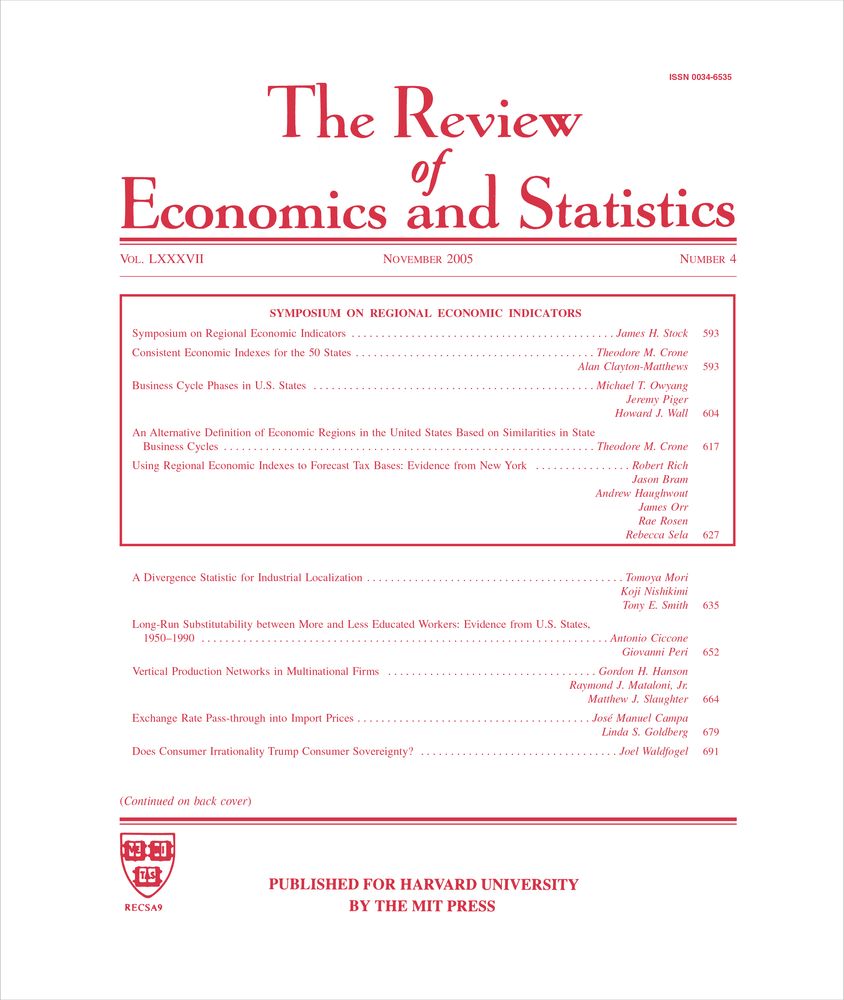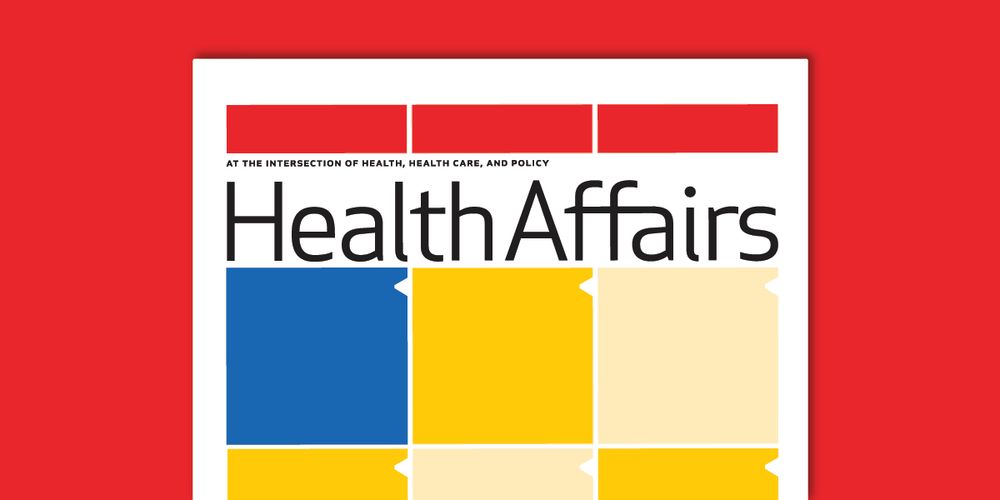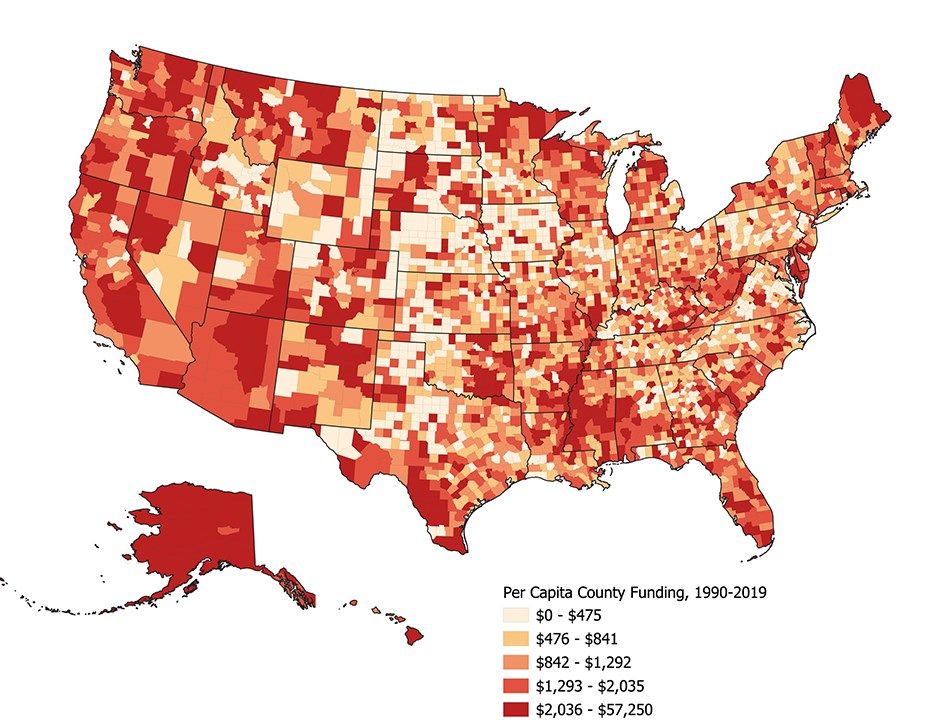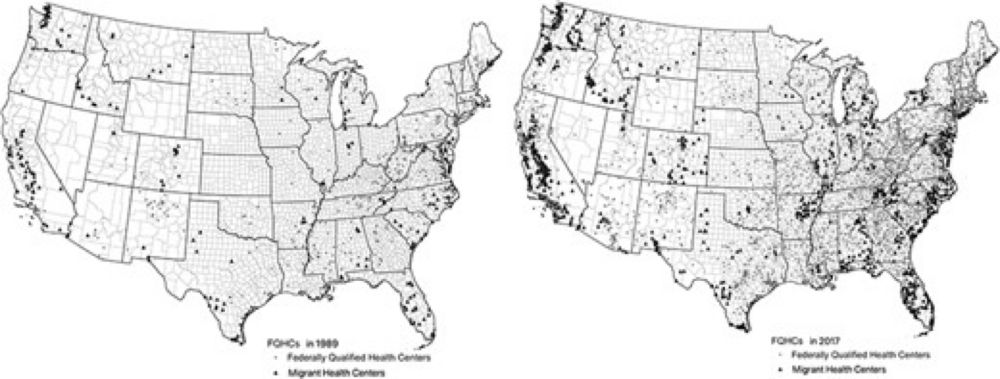Emily Parker
@emilyparker.bsky.social
940 followers
300 following
8 posts
Assistant Professor of Public Policy at Rutgers University. I research how safety net policies and community context shape health and inequality.
https://emilyparker.org/
Posts
Media
Videos
Starter Packs
Reposted by Emily Parker
Hector Blanco
@hectorblanco.bsky.social
· Aug 29
Emily Parker
@emilyparker.bsky.social
· Aug 22
Reposted by Emily Parker
Courtney Boen
@courtneyboen.bsky.social
· Aug 22

Heterogeneous and racialized impacts of state incarceration policies on birth outcomes in the United States
Abstract. While state incarceration policies have received much attention in research on the causes of mass incarceration in the United States, their roles
track.smtpsendmail.com
Emily Parker
@emilyparker.bsky.social
· Aug 7
Emily Parker
@emilyparker.bsky.social
· Jul 31
Emily Parker
@emilyparker.bsky.social
· Jul 30
Emily Parker
@emilyparker.bsky.social
· Jul 29
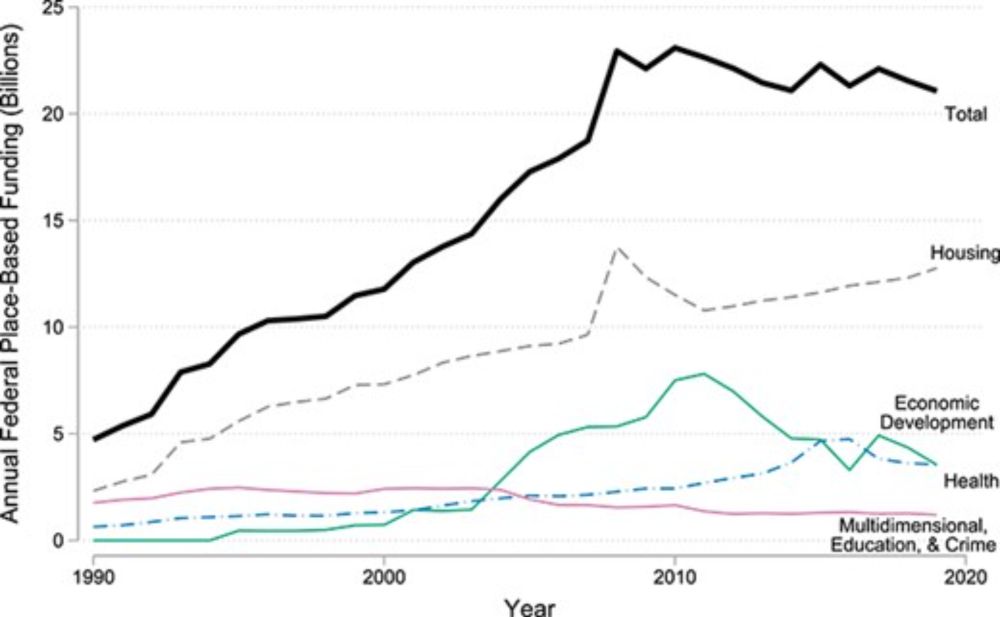
Federal place-based policy and the geography of inequality in the United States, 1990–2019
Abstract. This paper assesses the growth and spatial distribution of federal place-based policies in the United States. Using a novel dataset of federal pl
doi.org
Emily Parker
@emilyparker.bsky.social
· Jul 14
Reposted by Emily Parker
Reposted by Emily Parker
Reposted by Emily Parker
Beth Popp Berman
@epopppp.bsky.social
· Feb 2

Elon Musk’s Team Now Has Access to Treasury’s Payments System
Treasury Secretary Scott Bessent gave Mr. Musk’s representatives at the so-called Department of Government Efficiency a powerful tool to monitor and potentially limit government spending.
www.nytimes.com
Reposted by Emily Parker
Don Moynihan
@donmoyn.bsky.social
· Nov 14

Trump picks Robert F. Kennedy Jr. to be his Department of Health and Human Services secretary | CNN Politics
President-elect Donald Trump has picked Robert F. Kennedy Jr. to be his next secretary of the Department of Health and Human Services, a choice that would add to Trump’s list of provocative picks whos...
www.cnn.com
Emily Parker
@emilyparker.bsky.social
· Mar 7
Reposted by Emily Parker
Reposted by Emily Parker
